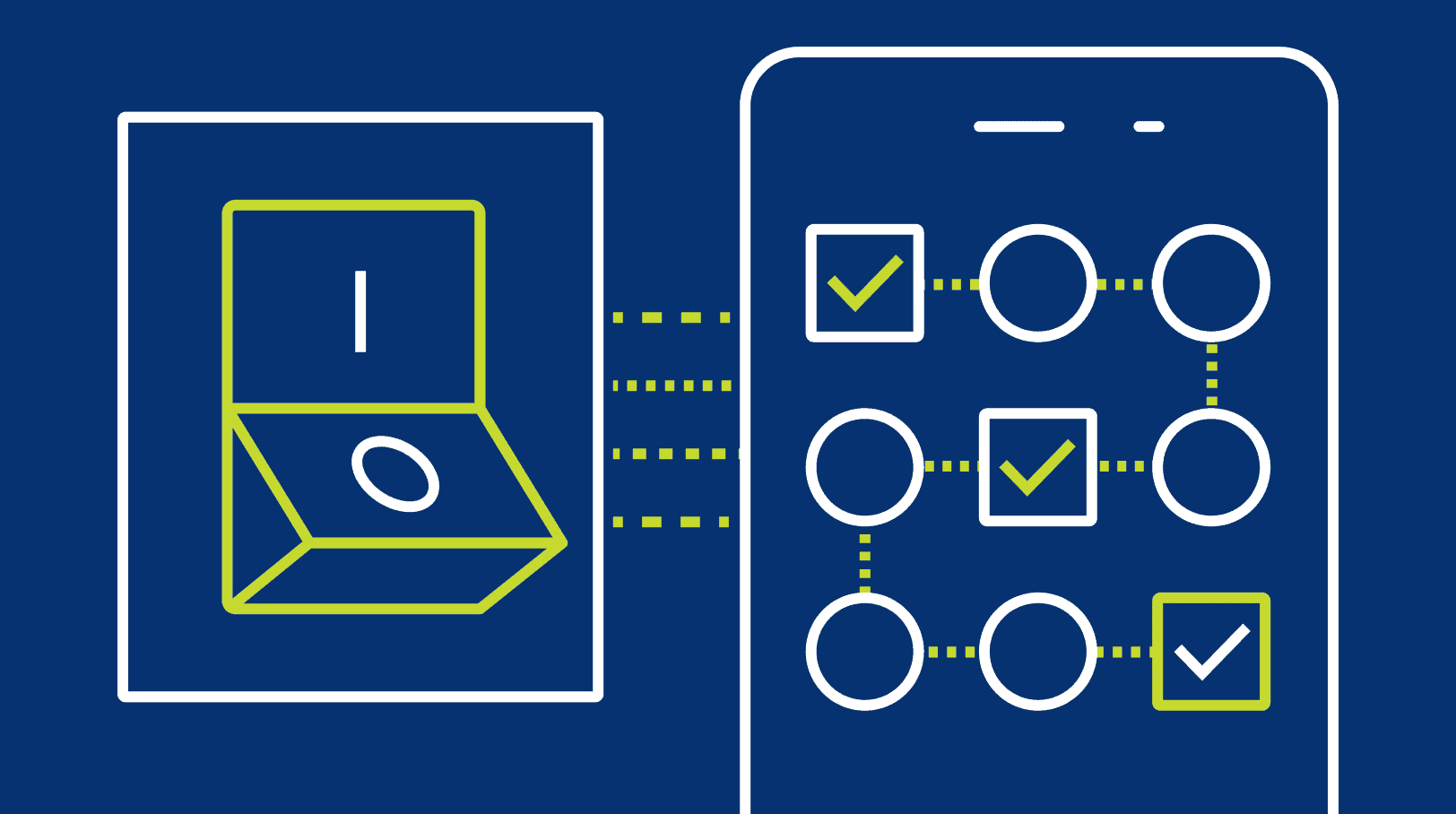Top 3 Benefits of Automation for Customer & End-User Experiences

Winning over customers isn’t just about having a superior product or service anymore. From efficient front-of-house customer engagement to smooth back-of-house operations, it takes more to build long-lasting loyalty.
In this environment, far too many brands are still using time-consuming, paper-heavy manual processes and legacy systems. This way of operating creates customer service and user experience challenges, including a lack of visibility into the customer journey.
Overcoming these challenges is all about finding ways to increase efficiency, productivity, and collaboration. Here, we’ll discuss how automation and automating workflows with a low-code platform can significantly impact these areas.
1. Increase Operational Efficiency
Look at your current business processes. Most enterprises use some combination of:
- Customer relationship management (CRM)
- E-commerce
- Project management
- Accounting
- Invoicing
- Tools and platforms
Trying to connect all these in a streamlined process is often difficult, to say the least.
And that’s just on the back end. You likely have even more systems, workflows, and processes to help with the customer-facing side of your business.
Also, let’s not forget about the elephant in the room: operating so many systems can be expensive.
You might need additional funds to bring in a developer to connect your third-party and conventional tools. But even then, systems can remain clunky.
Unconnected systems and tools make it much harder to operate efficiently. This inefficiency has a trickle-down impact on customers and end users.
Automation can help resolve issues of inefficiency and expense by eliminating the need to interact with certain applications. It can also reduce the time spent troubleshooting errors between unintegrated, manual systems.
2. Improve customer experience
In a practical sense, improved customer and end-user experience matters to the bottom line. Better CX can help improve customer retention, satisfaction, and loyalty and create cross- and up-selling opportunities.
According to an MIT report, 87% of surveyed industry leaders cite customer experience as a strategic differentiator of their brand.
Today, customer experience must be a consideration at every touchpoint a potential customer has with your company. This includes your website, your mobile applications, and your entire customer service process. Any fumble along the way can send customers looking for other solutions.
Another critical aspect of customer experience is how your processes and workflows serve your customer service employees.
Suppose your current workflows include manually searching through paperwork, accessing multiple Excel files, and filing information in an old legacy system. That lack of efficiency requires time and resources that could be better spent supporting customers in more direct ways.
But when you digitize and automate those processes into streamlined, simplified solutions, you open up the potential to better serve your customers and your employees.
One of the benefits of automation with low-code is that you can automate several processes along a single workflow. When they can automate menial tasks, employees have more time to solve complex customer issues and improve the overall customer experience.
3. Collaborate with low-code
Your IT department could patch together paper, spreadsheets, and freemium products, or you can create your own low-code solutions on an accessible drag-and-drop platform.
Ensuring efficiency and improving processes are two obvious reasons automation is becoming more popular. However, increasing collaboration and agility are just as critical to business success.
Forrester analysts have found that collaboration and cross-department teamwork is key to customer experience success. Their research shows that “rallying the entire organization around the customer” is how leading organizations will approach customer experience in the future.
Collaboration is key to successful operations and workflows. And ow-code enables effective communication and collaboration across departments by removing silos.
As you look to streamline your workflows, empower your employees to offer insights into your organization’s processes. Helping to craft solutions that simplify work can be a powerful motivator for future productivity as well.
Another benefit of removing silos is better data integration. With a low-code platform, you can incorporate data from many sources into one universal hub. Then, this hub supports easy access to information and quick solution development as needs arise.
This agility matters. Pending decisions or solutions hold up information and recommendations, causing companies to lose customers.
The advantages of low-code platforms start with interconnecting to enterprises’ current tools and processes. Businesses using low-code will likely find they can help more end users faster than ever without jeopardizing quality.
